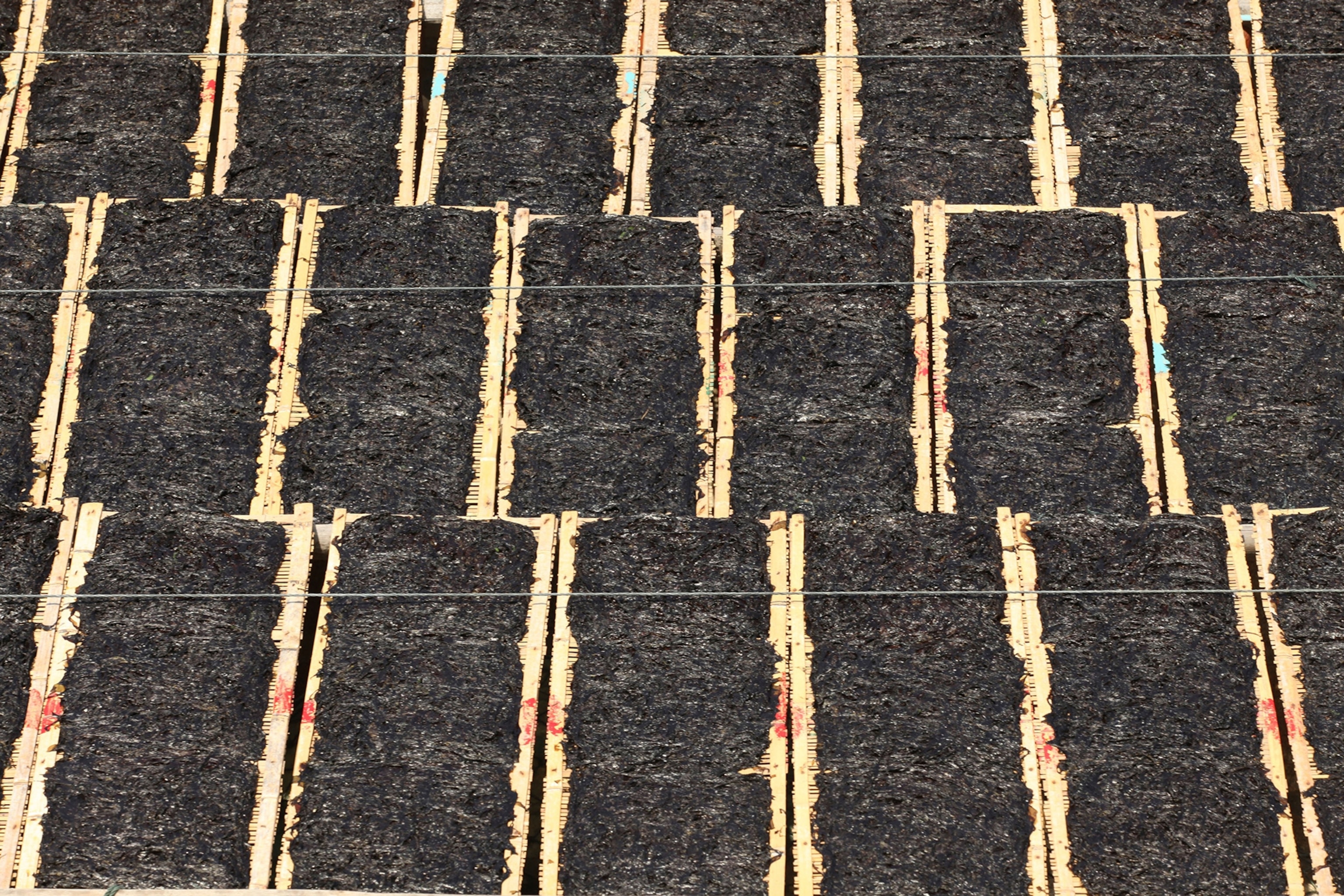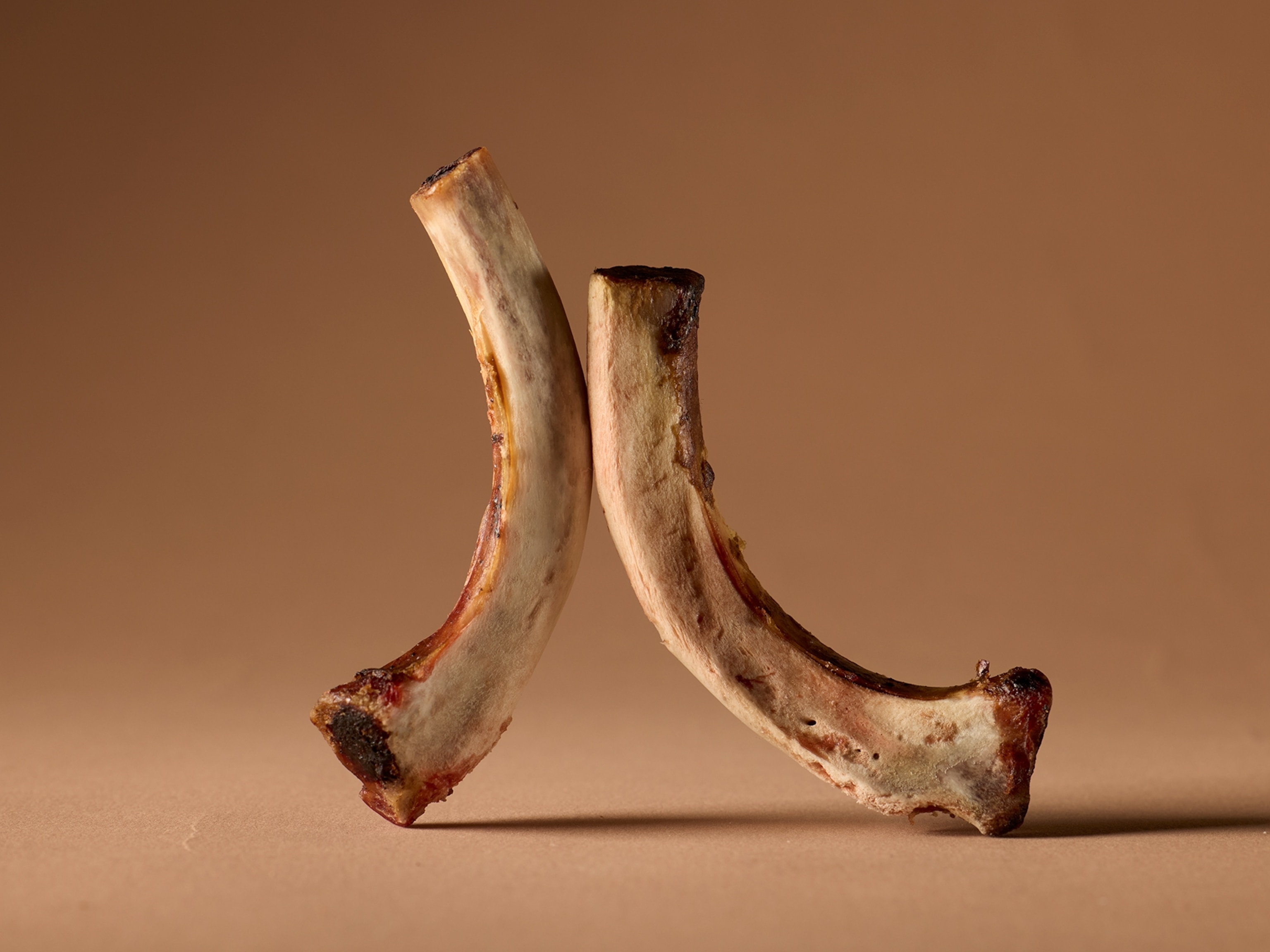
Like Sushi? Thank a Female Phycologist for Saving Seaweed
If you’re a sushi lover, you owe a debt of gratitude to Kathleen Mary Drew-Baker.
Drew-Baker was a British phycologist, a practitioner of a branch of science so arcane that Google, questioned about it, insists that surely you meant “psychologist.” If you persist, however, you eventually discover that phycology is the study of algae, a diverse class of primitive plants, the largest of which are known as seaweeds.
Sushi depends on seaweed. Spicy tuna, abalone, eel, cucumber, yellowtail, and (in California rolls) avocado all come to the table encased in vinegary rice and wrapped in sheets of seaweed which—though distinctly green after processing—come from a species of red seaweed formally known as Porphyra. The Japanese call it nori.

The Japanese began cultivating nori in the 1600s by planting bamboo poles or bundles of brushwood in shallow salty water to serve as anchoring spots. In the 1940s, seaweed farmers doubled their yields by replacing the poles with nets. Then disaster struck. A series of typhoons in 1948 decimated the Japanese seaweed beds and, since next to nothing was known about the life cycle of seaweeds, no one knew how to grow new replacement plants. The nori industry tanked.
Seaweed farming, given the crop’s baffling biology, had always been a risky business. Harvests were so unpredictable that seaweed was nicknamed “gambler’s grass;” growing it seems to have been the equivalent of basing your financial future on a lottery ticket. In 1949, however, Drew-Baker published a landmark paper that saved Japan’s nori farmers, put sushi on tables worldwide, and paved the way for international seaweed cultivation.
Drew-Baker was working with a seaweed called laver, a nori relative commonly found along the west coast of Britain and the east coast of Ireland. According to Trevor Corson’s The Story of Sushi, it was traditionally mashed into a paste, rolled in oatmeal, and fried to make laverbread, which is said to be great for breakfast, with bacon. (Want to try it? Order your canned laver here.)
Biologically, the seaweed behind this breakfast munchie is startlingly weird. The large leaflike blades of nori and laver are just one half of the seaweed story. Drew-Baker discovered that a tiny, wormlike alga—previously believed to be a whole different species—was actually also a form of laver. The large edible blades, it turns out, are sex organs: some male, producing sperm, and some female, producing eggs. When the two get together, the resultant minuscule offspring, known as a conchocelis, bores into a seashell, where it develops into a pinkish, filamentous crust, capable of producing spores. The spores, in turn, develop into more laver blades.
The solution to the nori farmers’ problem was oyster shells, which provided a reliable and close-to-home venue for the essential shell-boring spore producers.
Drew-Baker did her groundbreaking research as an unpaid research fellow. She was fired from her teaching position at the University of Manchester when she married in 1928. Her husband helped build a tidal tank in her (unfunded) laboratory, and Drew-Baker collected her specimens in old jam jars. In Japan, she’s known as the Mother of the Sea, and the island nation celebrates her birthday each year on November 6.

Her discoveries have an international impact today, when many predict that seaweed may be the world’s next superfood. Seaweed, nutritionally, is terrific stuff. By dry weight, it contains up to 47 percent protein; it’s also a rich source of antioxidants, vitamins, and mineral salts, notably iodine. (For more on iodine, see Why Micronutrient Deficiency is a Macro-Problem.) It contains more iron than sirloin steak, more calcium than cheese, and a hefty dose of vitamin B12, essential for the manufacture of red blood cells.
Some research indicates that seaweed may help prevent cardiovascular disease. It may also play a role in regulating hormone levels, thus reducing the risk of breast cancer—which may be why the Japanese, perhaps the world’s largest seaweed consumers, have a remarkably low incidence of it. There’s also a chance that eating seaweed may help us lose weight. When British chef Jamie Oliver dropped an unwanted 30 pounds, he attributed it to a diet of seaweed.
Seaweed has been eaten by coastal people since prehistoric times, and today about 145 species of seaweed are routinely used as food worldwide. Americans, unfortunately, aren’t too enthusiastic about any of them. Some guess that we’re simply unfamiliar with seaweed’s dinner potential; others hypothesize that we’re put off because our usual experience with seaweed is in the form of slimy stuff, smelling awful as it decomposes on the beach.
Actually, seaweed is more delicious than most might think. The source of umami—now known as the fifth taste, along with sweet, sour, salty, and bitter—was discovered in kombu (kelp, a brown seaweed) in 1908 by Japanese scientist Kikunae Ikeda, who was searching for the biochemical source of kombu’s legendary scrumptiousness. The main ingredient in kombu turned out to be glutamate, and to describe its flavor, Ikeda coined the term umami, generally translated as savory. It’s a flavor shared by such similarly delicious foods as tomatoes, cheese, mushrooms, and roast beef.
Seaweed farming, some predict, has the potential to provide new sources of food and biofuel, and to help repair the ocean’s depleted ecosystems, combat climate change, and boost those coastal economies that have collapsed with the decline of fisheries. (Nori cultivation in Japan is a $2 billion a year industry.)
But next we have to learn to cook and eat it.
Check out some recipes here.








